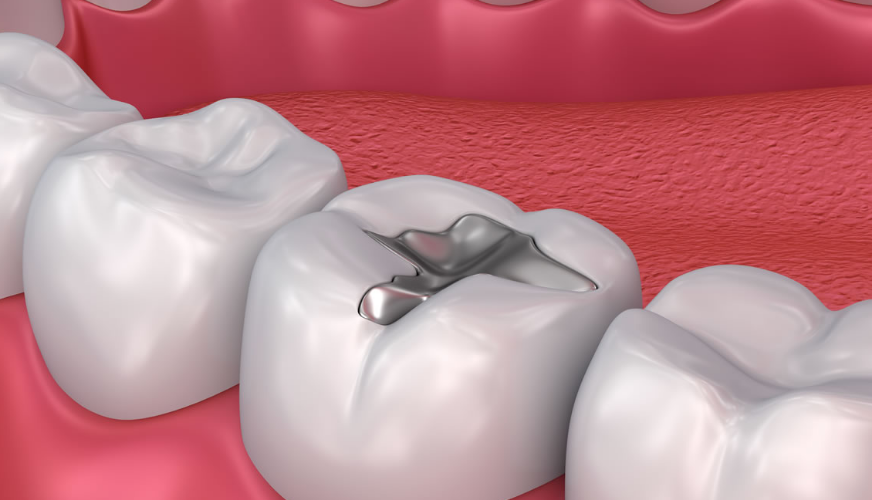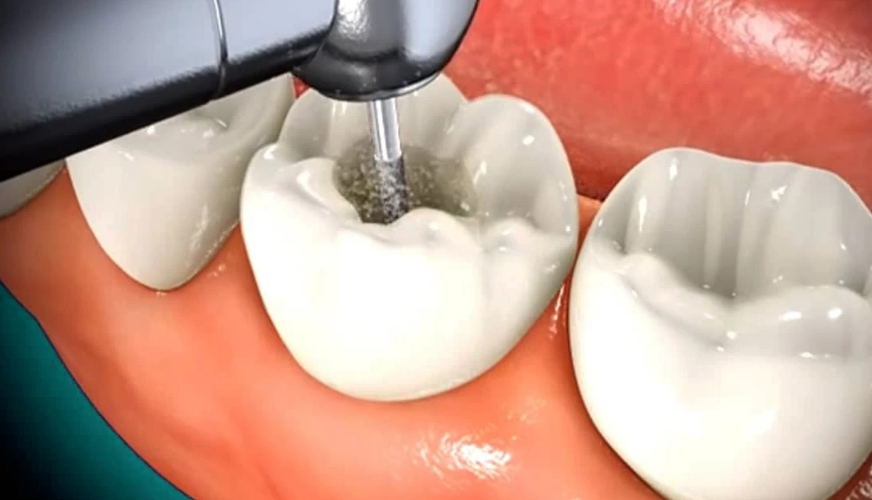
Understanding Cavity Fillings: What You Need to Know
Introduction: Cavities are a common dental issue that can lead to pain, sensitivity, and further tooth damage if left untreated. Fortunately, cavity fillings offer a straightforward and effective solution for restoring damaged teeth and preventing further decay. In this blog, we'll delve into the details of cavity fillings, from their importance to the procedure itself.
Body:
What Are Cavity Fillings? Cavity fillings, also known as dental fillings or restorations, are materials used to repair teeth that have been damaged by decay or cavities. These fillings restore the structure and function of the tooth, preventing the progression of decay and protecting it from future damage. Fillings can be made from various materials, including amalgam, composite resin, porcelain, and gold, each with its own advantages and considerations.
Signs You May Need a Cavity Filling: Recognizing the signs of tooth decay and cavities is crucial for seeking timely treatment and preventing further damage. Common signs include tooth pain or sensitivity, visible pits or holes in the teeth, and staining or discoloration. If you experience any of these symptoms, it's essential to schedule an appointment with your dentist for an evaluation and appropriate treatment.
The Cavity Filling Procedure: The cavity filling procedure typically begins with numbing the affected tooth and surrounding area with local anesthesia to ensure your comfort. Once the tooth is numb, the dentist will remove the decayed portion of the tooth using specialized dental instruments. The resulting cavity is then cleaned and prepared for the filling material. The chosen filling material is placed into the cavity, shaped to match the natural contours of the tooth, and hardened with a special light or chemical process. Finally, the filling is polished to ensure a smooth and comfortable fit.
Types of Cavity Fillings: There are several types of cavity fillings available, each with its own advantages and considerations. Amalgam fillings are durable and long-lasting but may be more noticeable in the mouth. Composite resin fillings are tooth-colored and blend seamlessly with natural teeth, making them a popular choice for visible areas. Porcelain and gold fillings offer excellent durability and aesthetics but may be more costly. Your dentist will recommend the most suitable filling material based on your individual needs and preferences.
Post-Filling Care and Maintenance: After receiving a cavity filling, it's essential to maintain good oral hygiene practices to prevent further decay and preserve the longevity of the restoration. This includes brushing your teeth twice a day, flossing daily, and attending regular dental check-ups and cleanings. Avoiding sugary foods and beverages and practicing healthy eating habits can also contribute to the health of your teeth and fillings.
Conclusion: Cavity fillings play a vital role in preserving the health and function of your teeth, restoring damaged areas, and preventing further decay. If you suspect you may have a cavity or are experiencing tooth pain or sensitivity, don't hesitate to contact your dentist for an evaluation. Early detection and treatment of cavities can help avoid more extensive dental procedures in the future and keep your smile healthy and beautiful for years to come.





